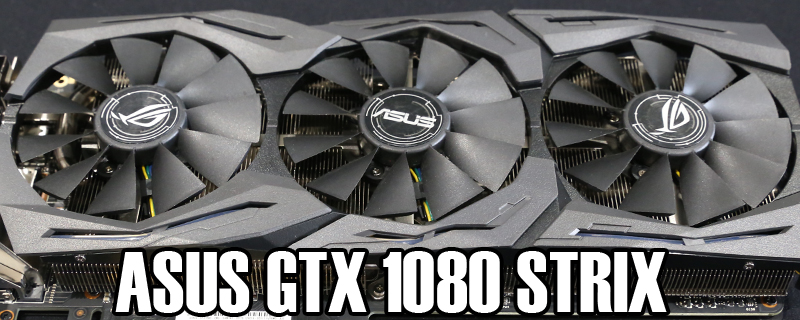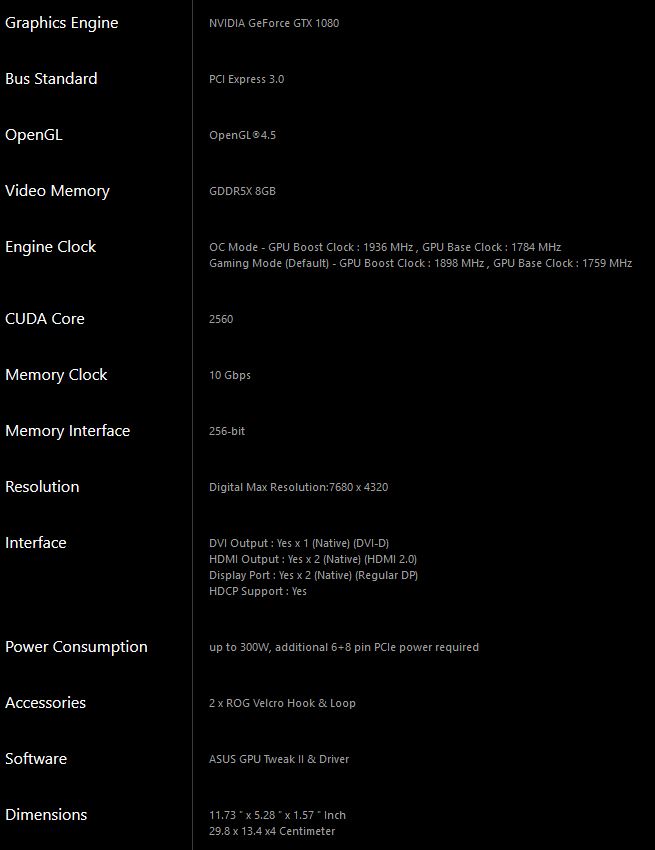ASUS GTX 1080 Strix Review
Introduction
nVidia have a habit of taking your expectations and making you feel like you underestimated them.Â
The Pascal GPU that beats at the heart of the GTX 1080 is one such expectation destroyer. Normally each generation builds upon the last with the base models being slightly improved versions of the previous generations top models, and so on. The GTX 1080 took the GTX 980 and made it obsolete in one fell swoop, providing GTX 980 SLI performance in a single card.
Now the Founders Edition was impressive, and it’s credit to nVidia that they’re paying so much attention to what used to be labelled the reference card but is now so much more. That doesn’t diminish our excitement to see what the partner cards have to offer though, as there is always a little more design freedom and a little more power brought to the party.
The ASUS Strix range has quickly established itself as one of the premiere brands around, whether its peripherals, motherboards or, as in this case, graphics cards. What does the Strix GTX 1080 have that makes it stand out against the pack? Time to find out.
Regular readers might be tempted to skip to their favourite result, but we recommend paying particular attention to page three today, because we’ve changed up both our testing methodology and our gaming benchmark suite.
Technical Specifications
Graphics cards specifications are all about the details rather than the dry table of contents. After all, a Pascal GPU is a Pascal GPU. Where the Strix picks up is the inclusion of dual modes, with the Gaming Mode bringing 1898MHz Boost clock and the OC Mode upping the ante to 1936MHz. The Strix is about much more than mere clock speed though, as we will see on the next page.




